Wood panel production at MDF Wood Factory, belonging to VRG Quang Tri MDF Wood Joint Stock Company - Photo: ML
In the early period of re-establishing the province, most of the industrial production establishments in Quang Tri developed on a small scale, scattered, still strongly subsidized, and had not yet shaped the requirements of innovation, so most of them fell into a state of stagnation in production and business, were ineffective, and workers were unemployed.
Faced with that situation, the province has taken advantage of its existing potentials and advantages to develop sustainable and effective economic strategies, contributing to promoting the development of industry and handicrafts. With the attention and direction of the Provincial Party Committee, People's Council, and People's Committee of Quang Tri province, and the efforts of enterprises and production establishments, the local industry and handicrafts sector has gradually stabilized and developed rapidly over the years, achieving important results.
Especially from 2001 to present, the industrial production network has been expanded, encouraging businesses to invest in the locality's existing strengths such as: agricultural, forestry and fishery processing; beverages; mining, construction materials, electronic components. Industries with strong development advantages include wood processing, textiles, energy, etc.
The number of industrial production establishments and workers has increased significantly. If in 1989 the whole province had only 1,653 industrial production establishments with 9,969 workers, by 2024 the whole province had 8,015 establishments with 25,443 workers.
The industrial production development index has continuously increased, with an average increase of 13.1% per year. After 35 years since the province was re-established, the number of industrial production establishments has increased 4.8 times, the labor force has increased 2.6 times, and the production value has increased more than 40 times. The economic structure has shifted towards industrialization and modernization. In 1989, when Quang Tri province was re-established, the economy was mainly agricultural, forestry and fishery production, and the industrial and construction sectors were very small.
Services are underdeveloped and small-scale; the industrial, construction and service sectors account for only 37.7%. After 35 years of re-establishing the province, the economic structure has shifted in a positive direction, in which the industrial, construction and service sectors increased from 37.7% in 1989 to 81.98% in 2024.
The economic structure has shifted in the right direction, increasing the proportion of industry, construction and services. The provincial economy has shifted from "purely agricultural" to "industry - services". In the period of 1989-2024, the average annual growth rate of gross regional domestic product (GRDP) increased by 7.7%.
Of which, the industrial - construction sector increased by an average of 14.1%; the service sector increased by an average of 8%. Many projects have been started and put into effective operation such as: MDF wood panel production plant line 1 and line 2 (total capacity of 180,000m3/year), Camel beer factory, Hanoi - Quang Tri beer factory, Hoa Tho - Dong Ha export garment factory, Binh Dien NPK fertilizer factory, Bim Son Quang Tri cement grinding station, factories such as: hydropower, wind power, titanium processing, Super Horse energy drink production, Camel motorcycle tire production, wood processing for export, rubber latex processing, coffee, cassava starch, renewable energy development projects (wind power, solar power) have been invested in construction; processing glass construction materials from large sand reserves, high silica content... attracting the attention of domestic and foreign investors.
Many industrial products produced in the province have established their reputation and brand in domestic and foreign markets. Craft villages have been consolidated, some localities have cooperated and linked in vocational training, education and product consumption, initially restoring and developing some traditional occupations such as: brocade weaving, net tattooing, lace embroidery, hat making, production, processing of agricultural, forestry and aquatic products and introducing some new occupations such as: rattan and bamboo, fine art carpentry, mechanics, casting.
Up to now, the province has 15 traditional occupations, craft villages, and traditional craft villages that have been recognized, focusing on 2 groups: processing and preserving agricultural, forestry, and aquatic products (10 craft villages) and manufacturing wooden products, rattan, bamboo, ceramics, glass, textiles, yarn, embroidery, knitting, and small mechanics (5 craft villages). The revenue of recognized craft villages is estimated at 108 billion VND, with an average income of 3.4 million VND/person/month. The total number of employees in traditional occupations, craft villages, and traditional craft villages is 2,284, of which 1,325 are regular employees.
In addition to the achieved results, the industry and handicraft sector in Quang Tri still faces many difficulties and problems. To overcome and create momentum for the development of industry and handicraft, in the coming time, the province will continue to prioritize the development of energy industries, agricultural, forestry and fishery processing industries, textiles and garments, etc., especially wood processing industries with high added value; production of high-grade construction materials, mineral exploitation and processing industries. Forming supporting industries, silicate industries, etc.
Promote the attraction of large-scale industrial production projects with advanced technology to create momentum for the development of the province's industries. Continue to build planned renewable energy projects; develop the gas-fired power industry, exploit the offshore gas potential of Quang Tri province. Prioritize investment in the construction and development of the Southeast Quang Tri Economic Zone as the core of industrial development.
Planning and developing supporting industries along National Highway 15D and National Highway 49C to connect La Lay International Border Gate with the Southeast Quang Tri Economic Zone and My Thuy seaport, aiming to form PARA EWEC. Continuing to attract suitable projects in accordance with the planning to Quan Ngang Industrial Park and Ho Xa Northwest Industrial Park.
Step by step modernize and underground the power grid; upgrade, renovate and build new power grid systems to meet the demand for power transmission, serving energy development projects in the area; expand the power grid in areas without electricity. Implement waste treatment projects from non-state investment capital; clean water supply systems to meet the demand for urban development and industrial parks, economic zones, and tourist service areas.
Minh Long
Source: https://baoquangtri.vn/chuyen-bien-tich-cuc-trong-linh-vuc-cong-nghiep-tieu-thu-cong-nghiep-193603.htm


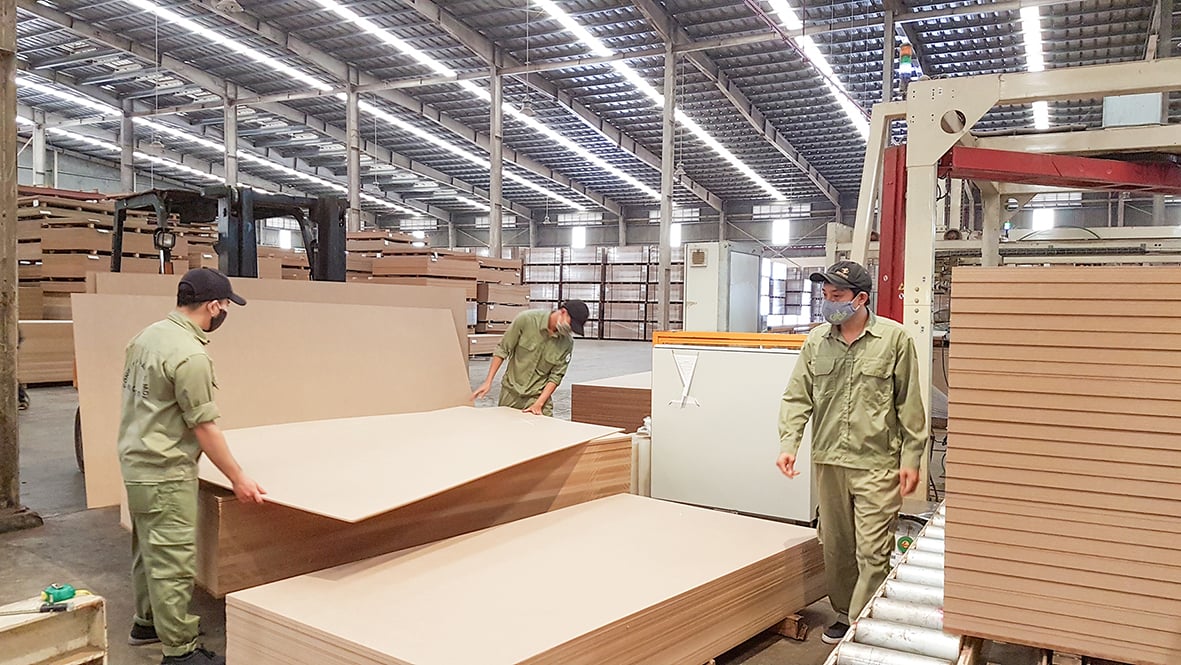
![[Photo] Nearly 3,000 students moved by stories about soldiers](https://vphoto.vietnam.vn/thumb/1200x675/vietnam/resource/IMAGE/2025/5/17/21da57c8241e42438b423eaa37215e0e)
![[Photo] More than 17,000 candidates participate in the 2025 SPT Competency Assessment Test of Hanoi National University of Education](https://vphoto.vietnam.vn/thumb/1200x675/vietnam/resource/IMAGE/2025/5/17/e538d9a1636c407cbb211b314e6303fd)

![[Photo] Prime Minister Pham Minh Chinh chairs meeting on science and technology development](https://vphoto.vietnam.vn/thumb/1200x675/vietnam/resource/IMAGE/2025/5/17/ae80dd74c384439789b12013c738a045)

![[Photo] Readers line up to visit the photo exhibition and receive a special publication commemorating the 135th birthday of President Ho Chi Minh at Nhan Dan Newspaper](https://vphoto.vietnam.vn/thumb/1200x675/vietnam/resource/IMAGE/2025/5/17/85b3197fc6bd43e6a9ee4db15101005b)
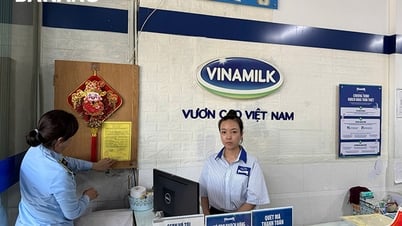

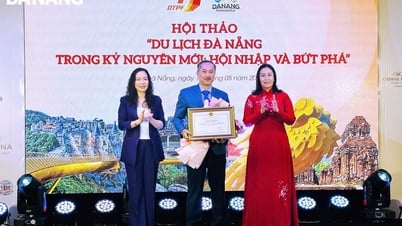


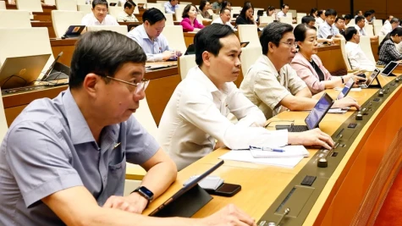



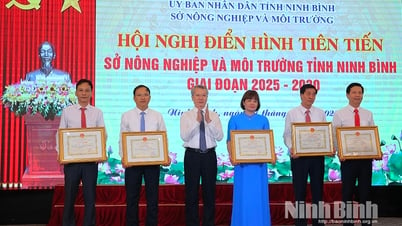









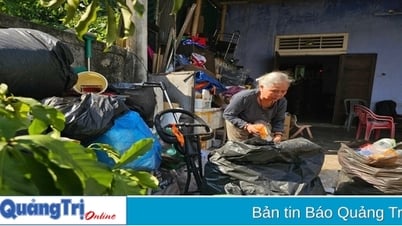
























































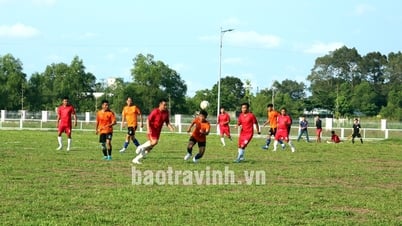
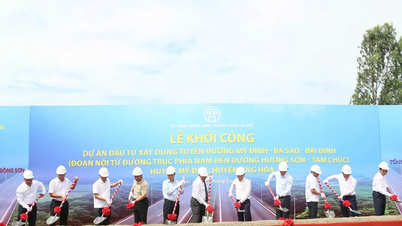


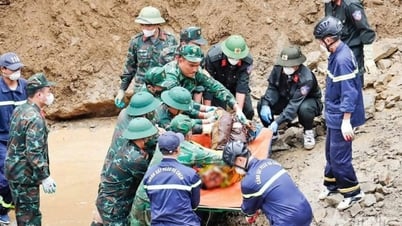













Comment (0)